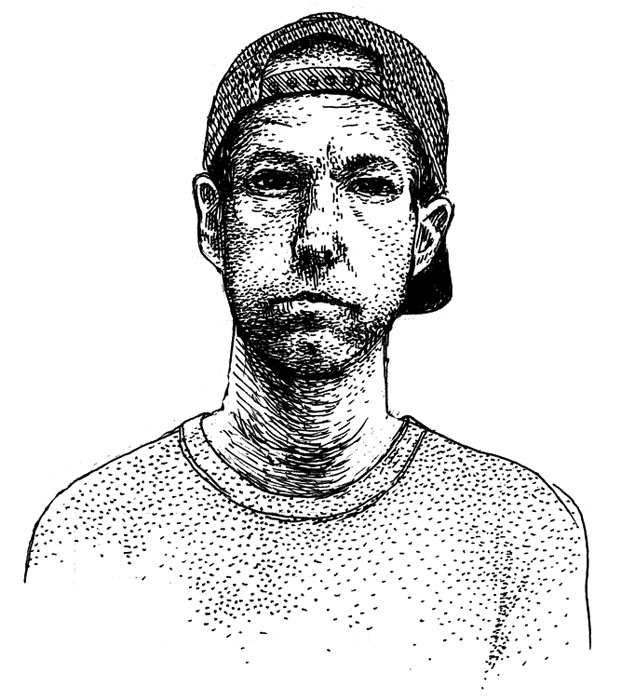
MR. FRONTSIDE FLIP HIMSELF
Because many of us are assholes, and because our passion lacks, thank god, any clear, established standards of value, any moment of agreement between skateboarders feels like a small miracle. Yet, among all of our screaming disagreements, we’d be hard pressed to find someone who genuinely claims that the frontside kickflip belongs to anyone other than Andrew Reynolds.
It’s easy to forget, though, that it was Mike Carroll’s before it was The Boss’s. Back then, it was a curb-hopper for the streets of San Francisco, a thing to whip over knee-high brick walls. And today there’s no shortage of able practitioners of the form: Donnelly, Crockett, Gillette, Ploesser. The list is long and distinguished.
What makes the trick so indisputably Reynold’s, is a matter of transition. In one glaring moment over one famous blue handrail – a shot The End gave us three times – he transformed the frontside flip from a whipper to a booster, a floater, and a stomper. Months later, he was named Skater of the Year.
If there’s an even halfway convincing criticism of Reynolds, it’s that he has relied too heavily on the trick for which he’s best known. That each new video part finds him essentially copying himself. And plagiarists, wrote the Chilean author Roberto Bolaño, deserve to be hanged in a public square.
But Bolaño also defined a true “classic” as someone who is “able to decode and reorder the canon.” And there’s a way that each of Reynold’s frontside flips serves as a kind of homage to himself, a nod to his own younger knees and less disciplined head. By this view, each new frontside flip stretches its moment by pointing behind itself, alluding to those many other Reynolds frontside flips that we recall, down Santa Monica or the Hollywood 16 or anywhere else. Likewise does each point to the future frontside flips we know we will see, certain there are more to come.
Thus does every conversation about Reynolds eventually become a conversation about time. He’s balding now and he’s lived hard and so we see age crowding around his eyes and forehead, but still he’s a country kid in his face, vaguely afflicted, a boy out at dusk in bare feet scuffling across a backwoods dirt road. The changes we notice aren’t physical. We watch him watching the Cardiel footage and find ourselves in a kind of echo chamber of hero worship, sensing that something important is happening. That, for some reason, this matters.
Because for whatever reason, while certain aging pros have begun seriously to grate and stretch the limits of our faith, and others have fallen off completely, we don’t seem capable of getting enough Reynolds. We can dig a little and find a backlash, but it feels minor and defiant, just contrary for the sake of being contrary.
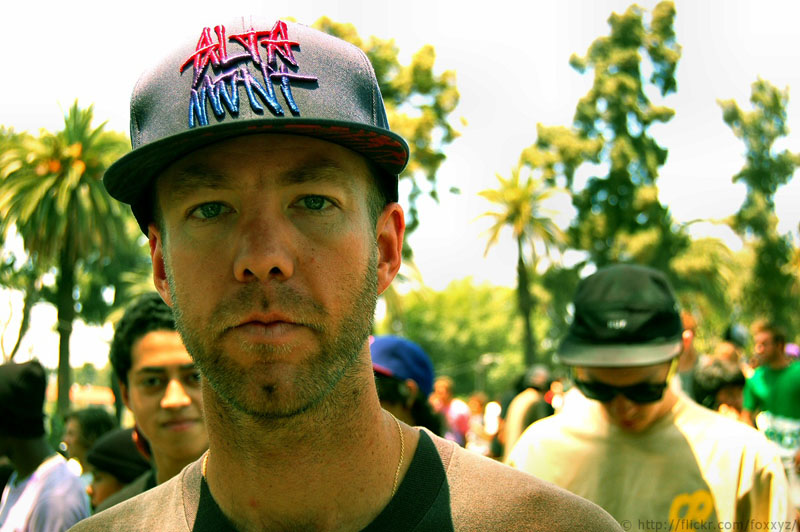
WHAT WHY HOW REYNOLDS MEANS
In The End we laughed at him drinking beers with a monkey and gawked at what he could do, this scrawny kid with a bowl cut. In motion, his spindly arms flailed without any design or strategy.
Then he began stacking Hollywood paper and falling over drunk with Baker, and we cheered and laughed at the new skate celebrity, an economy that could support such cartoonish behavior. We heard stories of fluids and powders and different-smelling smokes, watched them puke together, and wrestle, and sort of miraculously, continue to produce.
Recently we’ve heard about him selling the big house with the private park in the backyard, giving away his Cadillac and simplifying, which we gather, maybe wrongly, is due in part to his divorce. Done with the leather jacket, these days he wears a backward baseball cap or wool skully and t-shirts exclusively. For months it was that green shirt with FLORIDA in big block letters.
Now we see the completed transformation and recognize what we’ve been watching all along – a theater of adolescence and painful transition. The reckless kid has become a model of control, endurance, and maintenance. He is carving Lance Mountain’s pool and riding Spitfires, exhibiting a quiet dominance of his surroundings. On tour he has facetime chats with a daughter he obviously adores. His replacement addiction: Starbucks.
”The reckless kid has become a model of control, endurance, and maintenance.”
Now we speak of restraint, equanimity, and a particular kind of leadership. He approaches Tony Hawk about Riley before any transaction is made between Birdhouse and Baker, because Reynolds the adult understands respect.
“I get paid the same as Braydon,” he explains. “Dustin tried to ask for more money one time…I had to tell him, like, everybody gets paid the same…There’s no favoritism.”
He is not a saint, of course. Neckface says he still hears stories, and that Reynolds “is weird in other ways now.” There remains an institutional buffoonery to Baker, though it’s also clear that their craziest days are behind them. With such ongoing fallibilities in mind, what we see of Reynolds seems to be summarized by a kind of peace I want to call almost spiritual, though not necessarily religious. Having run through his supply of arrogance and adolescent hijinks, he’s been left grateful in the way only adults can be.
The best word for this, I think, is thoughtful.
And here is how Reynolds becomes even more meaningful: we view him in comparison to peers – Koston, Berra, Dyrdek, Howard, Thomas – who have each confronted the same unavoidable dilemma of skateboarding, and have responded differently. It is a crisis that you also, if you persist long enough at this most fun thing, will have to confront.
How does one live like an adult while engaging in an activity and lifestyle that are fundamentally childish?
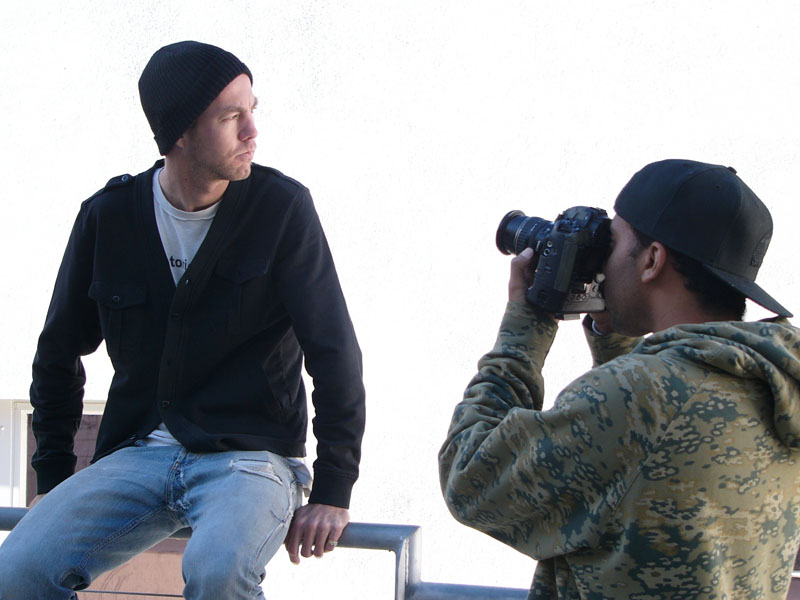
AGE AGING THE OLD
Age. Aging. The old. Those among us who can feel ourselves crumbling. The bones and aches, the breakdown of tired bodies over years of abuse. The stairs, of course, all of the impacts, but also the rides home in cramped back seats, knees screaming. Hippers. Stitches in our chins and our lower backs scarred entirely. One Advil bottle after the next; liqui-gels for fast delivery. The stretching – the sheer annoyance of the daily routine. Reach for your toes. Lie back and lift one knee to your chest, then rotate and push the knee to the floor. Hear the pops of god only knows what happening someplace inside.
Perpetual youthfulness isn’t a dream unique to skateboarders, but it’s little wonder why we especially fear growing old. Except there’s a kind of secret that Reynolds and some others among us have learned. Although becoming an adult is hard and bloody and tastes like someone else’s spit in your mouth, actually being an adult is completely rad. The world begins to make a new kind of sense. Dreams are not destroyed so much as retrofitted by new perspectives. Reality itself is changed by eyes that grow more open.
In fact, once you are standing outside of it, childhood looks a lot like a prison, though one filled with enough free time and super fun toys to convince us that it’s the best place there is. The childish dream will cling to you with strong and sticky fingers. It is in nobody’s interest but your own, and perhaps your loved ones’, for you to leave childhood behind. “Stay childish!” the skateboard industry screams.
It’s no coincidence that the cutoff age for the world’s most desirable market share is 34. There’s simply no profit in adulthood.
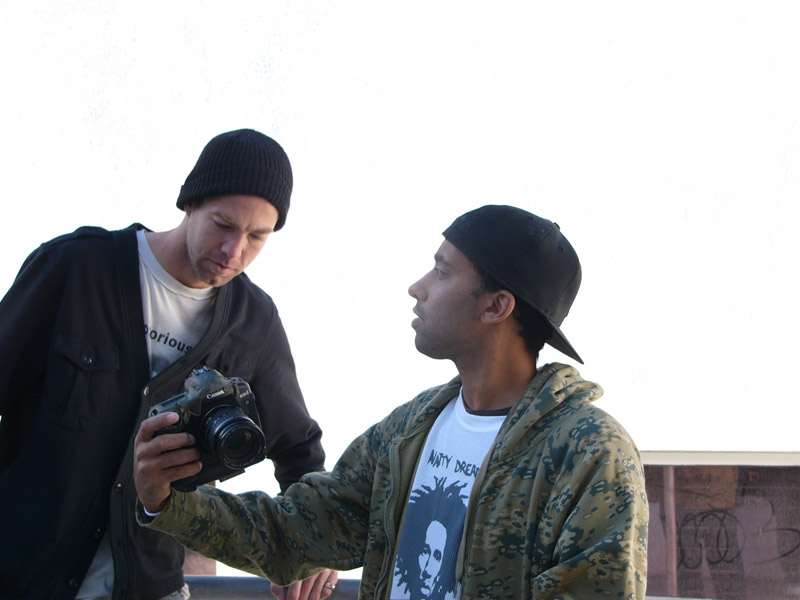
GROWN AND GROAN
But does one have to be thoughtful? It takes work, after all. Effort. Plus didn’t Rocco teach us that we can get fairly far in this business behaving like a full-time turd? And don’t we have another glaring contemporary example of a grown child, another Steve creating his own empire to infect our dreams?
They’re connected, of course, Reynolds and Berra. Steve had his own defining moment in 1998’s The End. At that point it was a skit: Berra showing us that he could convincingly act frightened by the invisible force or faceless monster chasing after him. Fourteen years later and this remains the Berra we know. Forever persecuted, he keeps tabs on twitter comments, message boards, any place that might reveal a chance for him to retaliate. Those who oppose The Berrics’ project are bitter. Therefore, Berra imagines, it must suck to be us.
Steve Berra is a child behind a very large wheel, charged, like many of today’s public figures, with a stunning mixture of blind confidence in, and paranoid defense of, his private dogma. He is a shining example of thoughtfulness’s absence, and therefore incredibly relevant to the challenges at hand.
Like the oblivious park kid who finds his headphones ripped finally from his ears after cutting off one too many skaters. Or the miserable drunk who throws punches and leaks piss, then the next day expects forgiveness, laughing, because it’s easier to believe being a dick isn’t his own personal fault. Or the business owner who, in 2010, begged internet sympathy after his warehouse’s minor flooding, while elsewhere thousands of actual lives and homes were being decimated by natural floods.
There’s little doubt that Steve Berra is anything short of an intelligent man. He runs a wildly successful business. And in the moments when I think I understand him most, it is because I understand the children that his business caters directly to.
Because children, generally, are stupid. But not because they lack the capacity to understand. It is because they don’t yet believe they should even have to try.
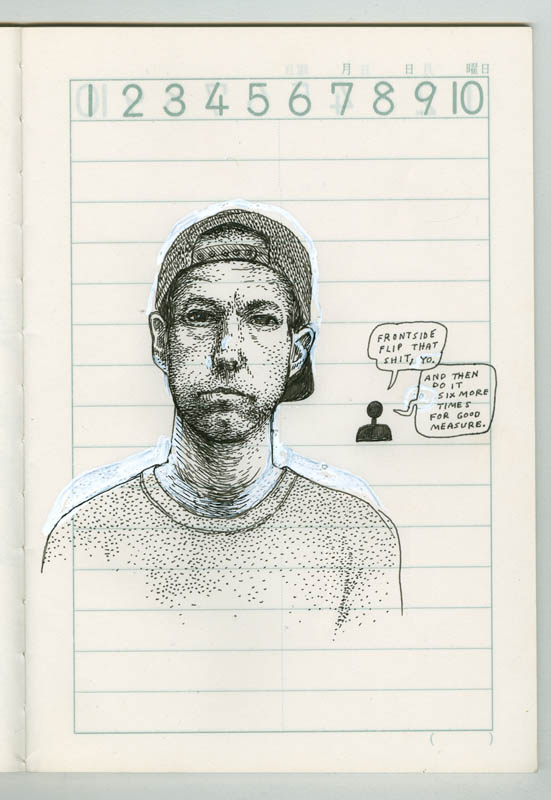
EVERYTHING IS BIGGER THAN YOU
Thoughtfulness does not mean “strategy,” a term of business owners, athletes, and military generals. It means awareness – paying attention to your self’s place among your setting, the very large puzzle of which you are only one negligible little piece.
Without awareness there is no gratitude. Without gratitude there is no humility. Without humility we are children, lashing out and wailing.
Thoughtfulness means growing the hell up, not despite but because you are a skateboarder. Finding within the activity the very skills to make the transition possible. In Reynolds we see someone who has done just this, and whom we rightly refer to as The Boss. Justin Regan, the former brand manager for Emerica, put it best. “That’s how he simplifies things down. If you want what he’s got, do what he does.” More and more these days, we’re coming to understand what exactly he’s got. And it looks to our eyes the same way it does to his – pretty damn good.
Perhaps our bottomless interest in Reynolds is even more basic. Perhaps, ultimately, the reason we love him is the reason we love anyone we’ve known long enough to see them change. We see a life like an arc over time, or a graph. We see the past and the future, a line characterized by peaks and pits and occasional spirals, a shape like something we’d like to skate. And that he’s alive, still, and healthier than before, mutes our fears. Looking at Reynolds, we are reminded that transitions are okay. Skateboarding is going to be okay.
This requires repeating: skateboarding is going to be okay.
Words: Kyle Beachy
Check out Kyle’s Book or other pieces at The Classical
Original Illustrations: Anders Nilsen
Portrait Photo courtesy of: Foxxyz
Additional Photos courtesy of: Paul “Animal” Chan
Rant, comment or bitch on our Facebook
Let us spam you on Twitter
Related Posts
Comments
Popular
-
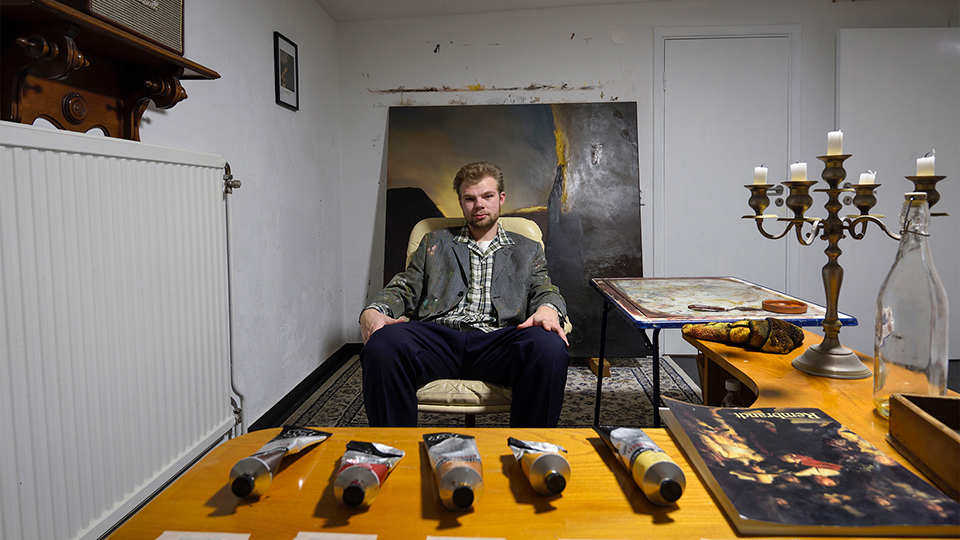 A CHAT WITH LUDVIG HAKANSSON, THE OLDEST SOUL IN SKATEBOARDING
A CHAT WITH LUDVIG HAKANSSON, THE OLDEST SOUL IN SKATEBOARDING
The man loves to read Nietzche, skates in some expensive vintage gear, and paints in his own neoclassical-meets-abstract-expressionist style.
-
 MY HUSBAND TOOK ME TO A SKATE-URBANISM FESTIVAL. HERE’S WHAT I THOUGHT.
MY HUSBAND TOOK ME TO A SKATE-URBANISM FESTIVAL. HERE’S WHAT I THOUGHT.
"I was headed into one of the most intellectually engaging conferences of my adult life. And, it was hosted by a bunch of skateboarders."
-
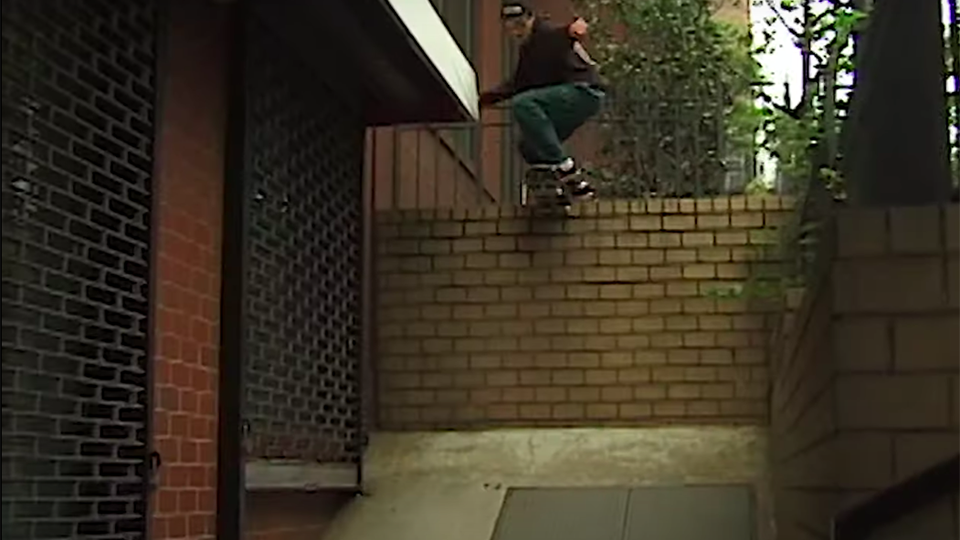 PREMIERE: STEVEN CUSTOZZO AND MICHAEL FALLER IN “HEIRLOOM”
PREMIERE: STEVEN CUSTOZZO AND MICHAEL FALLER IN “HEIRLOOM”
Unconventional tricks at classic NYC spots.
-
 A NEW GENERATION’S TAKE ON WALLENBERG
A NEW GENERATION’S TAKE ON WALLENBERG
Toby Ryan and Dylan Jaeb weigh in on whether or not this formidable stair set's reputation holds up today.
-
 LOUIE BARLETTA ON HIS CAREER AND THE PUSH INITIATIVE
LOUIE BARLETTA ON HIS CAREER AND THE PUSH INITIATIVE
Louie discusses the challenges of maintaining a pro skate career and his new initiative to help those in need.

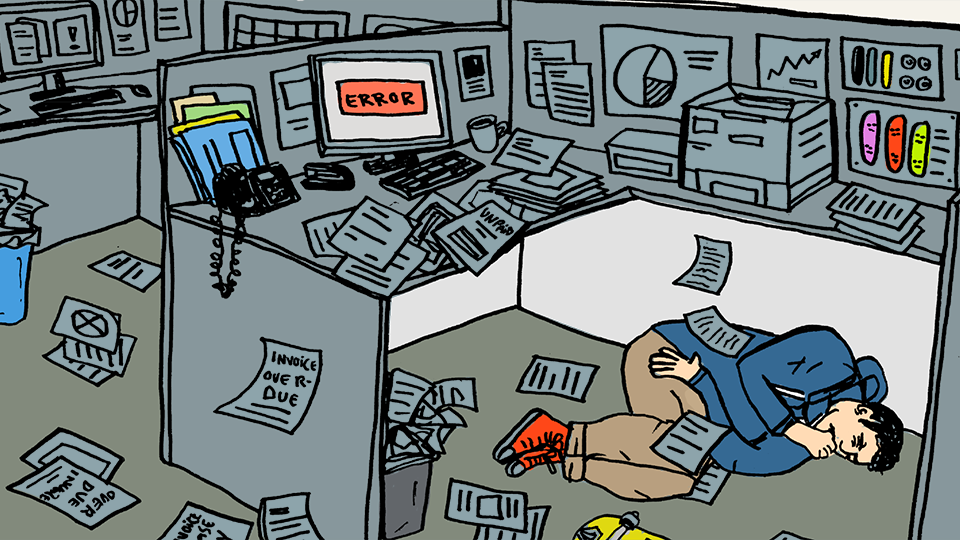
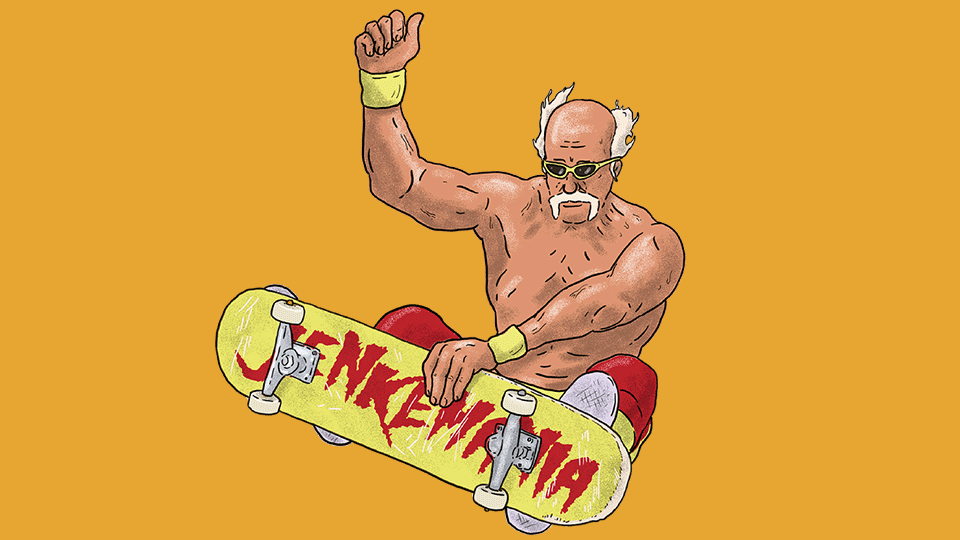
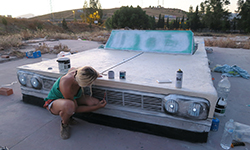
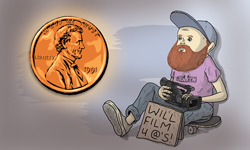
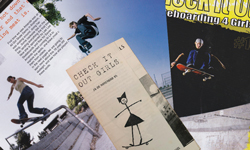
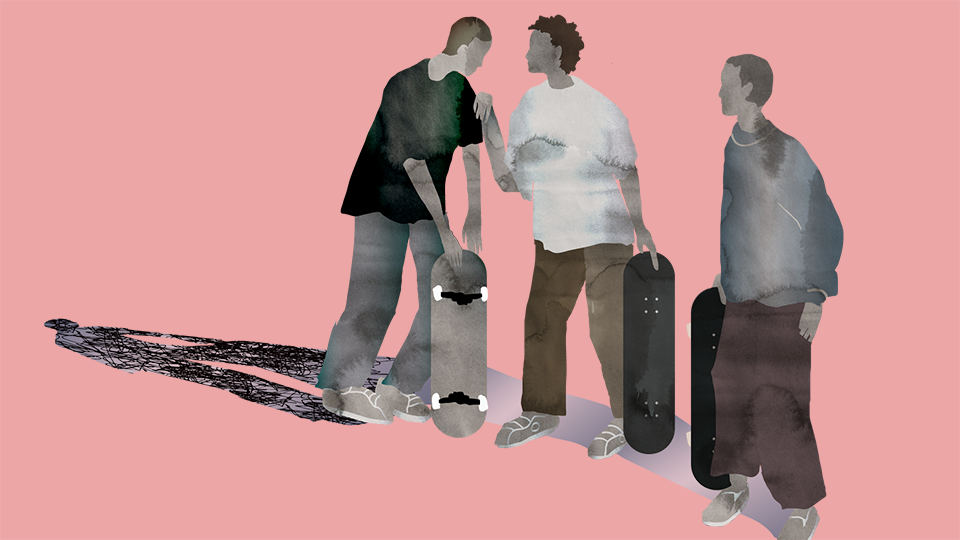
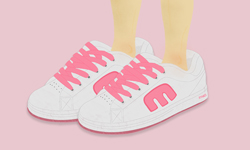
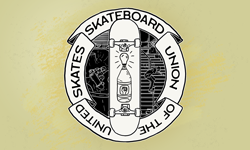
September 7, 2014 10:15 pm
no mention of penny?
September 8, 2014 12:20 pm
A Bolano reference in a skate article?! I salute you, sir.
September 8, 2014 4:48 pm
This article is fucking amazing. Completely refreshing and on point. The guy clearly understands the scope of skateboarding right now and does something few within the industry can do – articulates it damn well. Kings to you Kyle Beachy.